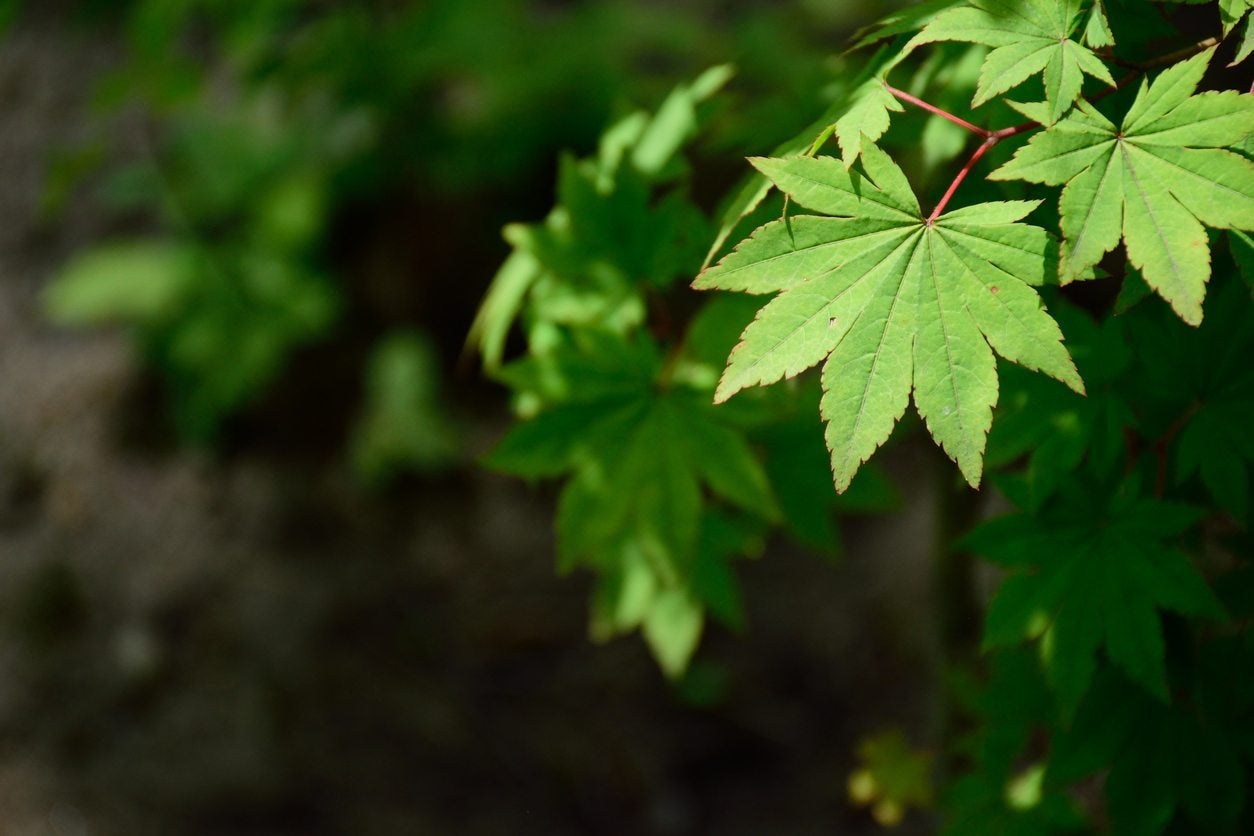Amur Maple Facts: Learn How To Grow An Amur Maple Tree
The Amur maple is a large shrub or small tree prized for its compact size, rapid growth, and showy, bright red color in the fall. Learn how to grow an Amur maple tree in your home landscape.


The Amur maple is a large shrub or small tree prized for its compact size, rapid growth, and showy, bright red color in the fall. Keep reading to learn more about how to grow an Amur maple tree in the landscape of your home.
Amur Maple Facts
Amur maple trees (Acer ginnala) are native to northern Asia. They are considered to be both large shrubs and small trees, usually topping out at 15 to 20 feet (4.5-6 m.) in height. They have a natural shape of many stems grown in a clumping manner (resulting in a much more shrub-like appearance), but they can be pruned at a young age to have a single or multi-trunk tree appearance. To achieve this, prune away all but a single strong leader (or for multi-trunk, a few select branching stems) when the tree is very young.
Amur maple trees have dark green summer foliage that turns bright shades of orange, red, and burgundy in the autumn. The trees also produce samaras (in the classic pinwheel maple seed pod shape) that turn bright red in the fall.
How to Grow an Amur Maple
Amur maple care is very easy. These maple trees are hardy from USDA zones 3a to 8b, covering most of the continental U.S. They can grow well in full sun to partial shade, a wide range of soils, and moderate drought. They can even handle aggressive pruning.
Unfortunately, Amur maples are considered invasive in many places, especially the northern U.S. The trees produce a huge number of seeds, which can be spread over long distances by the wind. These escaped offspring are known to push out native understory species in forests.
Before planting Amur maple trees, check with your local extension office to see if they are invasive in your area.
Gardening tips, videos, info and more delivered right to your inbox!
Sign up for the Gardening Know How newsletter today and receive a free copy of our e-book "How to Grow Delicious Tomatoes".

The only child of a horticulturist and an English teacher, Liz Baessler was destined to become a gardening editor. She has been with Gardening Know how since 2015, and a Senior Editor since 2020. She holds a BA in English from Brandeis University and an MA in English from the University of Geneva, Switzerland. After years of gardening in containers and community garden plots, she finally has a backyard of her own, which she is systematically filling with vegetables and flowers.
-
 Looking For Plants To Give You The Soft And Fuzzies? Try These 5 Fuzzy Leaf Plant Options
Looking For Plants To Give You The Soft And Fuzzies? Try These 5 Fuzzy Leaf Plant OptionsLovers of texture, drama, silver foliage and tactile plants will adore these special sensory garden additions. These fuzzy leaf plant options will leave you all aglow
By Susan Albert
-
 Get Ready For A Summer Of Hummers! Grow These Full Sun Hummingbird Plants and Flowers
Get Ready For A Summer Of Hummers! Grow These Full Sun Hummingbird Plants and FlowersIf you’re lucky enough to enjoy a sunny backyard, make sure you are maxing out on your pollinator opportunities and grow these full sun hummingbird plants and flowers
By Tonya Barnett